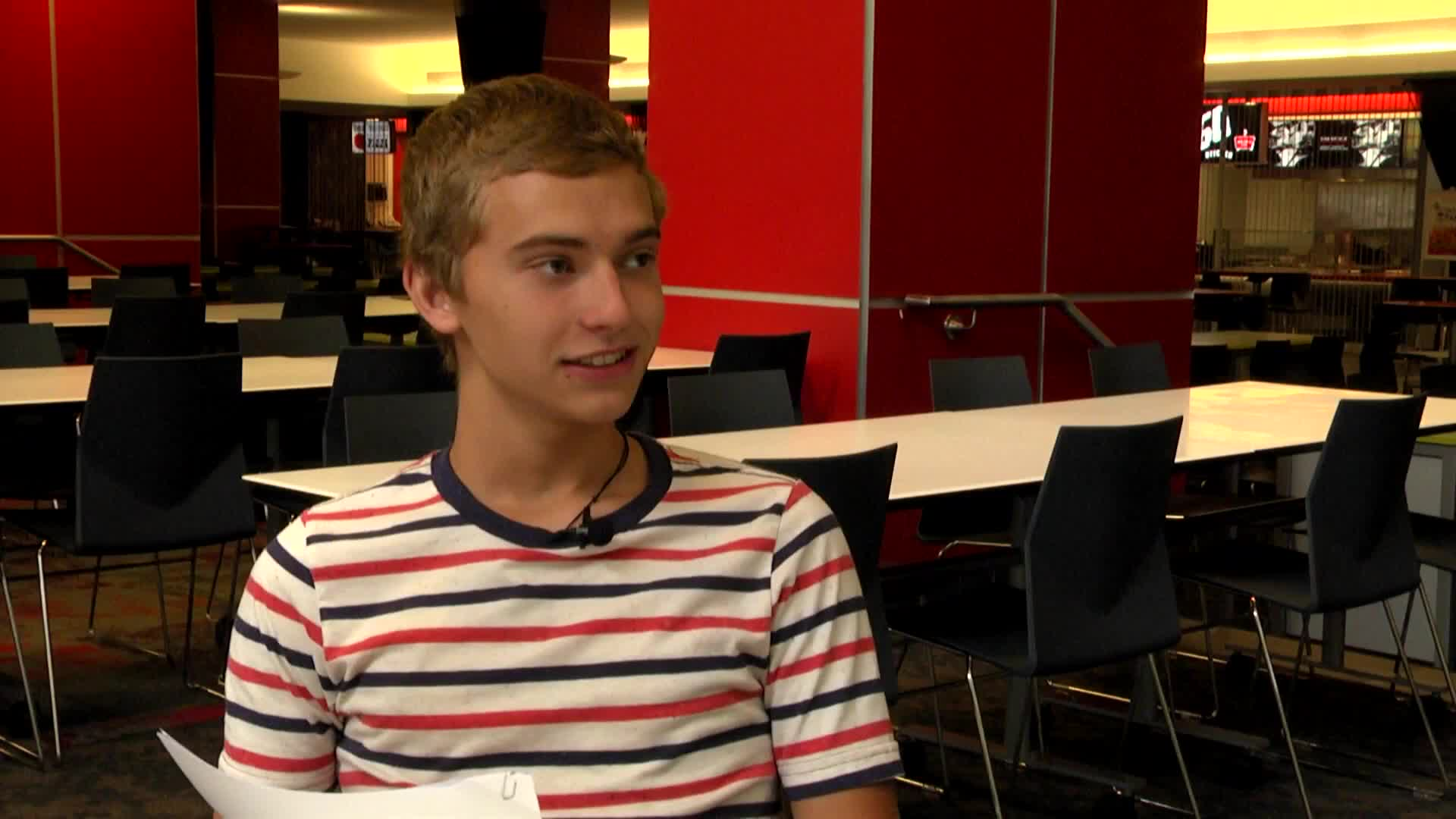Introduction
In our everyday interactions, we often find ourselves in situations where we need to gauge the emotions and feelings of others. For high school students, learning to read the situation is crucial in developing effective communication and social-emotional skills. This blog post will introduce an easy-to-implement, no-prep activity for educators to help students understand the importance of reading the situation, as well as discussion questions and related skills to further enhance their learning.
No-Prep Activity
This activity, called “Scene Analyzer,” requires no preparation or materials from the educator. To begin, split the class into small groups of 3-4 students. Assign each group a different everyday scenario, such as a conversation between friends, a group project discussion, or a teacher-student interaction. Instruct the groups to create a short dialogue for their assigned scenario, ensuring that one character in the scene is not reading the situation appropriately.
Once each group has prepared their dialogue, have them perform it in front of the class. After each performance, ask the class to identify the character who failed to read the situation and discuss how they could have responded more effectively. This will help students understand the importance of reading the situation and adjusting their communication accordingly.
Discussion Questions
- Why is it important to read the situation before engaging in a conversation? How can it impact the outcome of the interaction?
- What are some non-verbal cues that can help you determine how someone is feeling? How can you use these cues to adjust your communication style?
- Can you recall a time when you failed to read the situation? How did it affect the conversation, and what could you have done differently?
- How can practicing reading the situation improve your relationships with others and your overall social-emotional well-being?
- What strategies can you use to become more aware of the emotions and feelings of others during a conversation?
Related Skills
Developing the ability to read the situation is just one aspect of social-emotional learning. Other related skills that can help students become more effective communicators and empathetic individuals include:
- Active listening: Focusing on the speaker, understanding their message, and providing appropriate feedback.
- Empathy: The ability to understand and share the feelings of others, allowing for more compassionate communication.
- Emotion regulation: Managing one’s emotions in a healthy manner and responding constructively to the emotions of others.
- Assertiveness: Expressing one’s thoughts and feelings in a respectful and confident manner.
- Conflict resolution: Effectively addressing disagreements and finding a mutually satisfactory solution.
Next Steps
To further support your students in developing their social-emotional learning skills, we encourage you to sign up for free sample materials at Everyday Speech. These resources will provide you with additional activities, lessons, and strategies to help your students build a strong foundation in reading the situation and other essential social-emotional skills.






